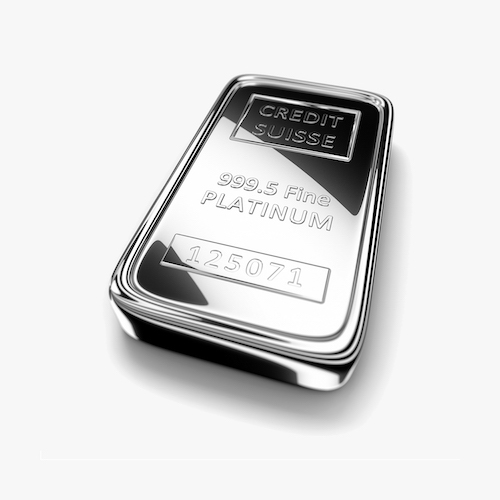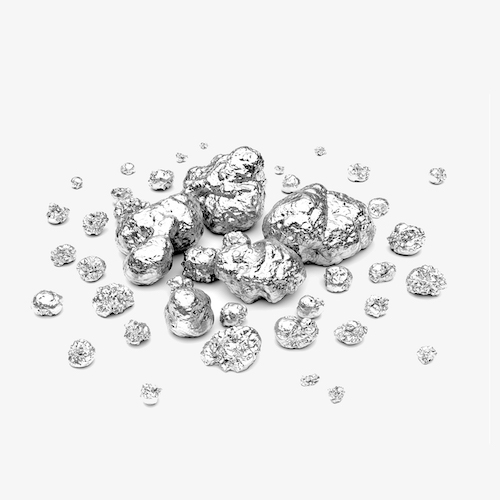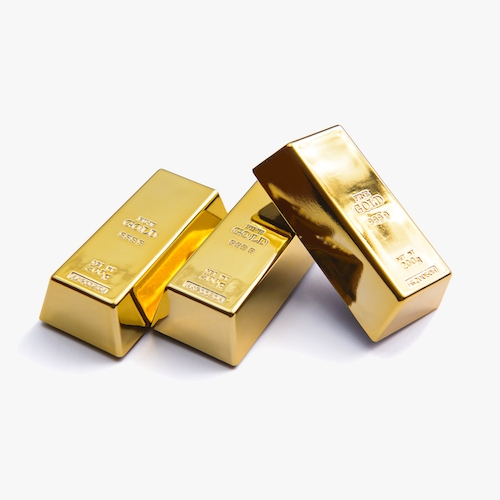Jewelry and engagement rings can be cast in many different types of metals, including platinum, white gold, yellow gold, rose gold and silver. Each metal has special qualities that make it unique and contribute to its overall beauty.

Platinum is one of the strongest and most durable metals—a six-inch cube of platinum weighs an astounding 169 lbs. Like other precious metals, platinum can be scratched, but when a platinum surface is scratched, a jeweler can usually polish away the damage and smooth it with little to no weight loss. Maintaining its volume also equates to retaining its value over the years, so that it can be treasured for generations.
The purity of Platinum makes it hypoallergenic and the ideal jewelry choice for those with sensitive skin. Platinum is usually 95% pure compared to 18K (75%) and 14K (58.5%),and is 30 times more rare than gold. Platinum requires little care, simply soak it in a mild solution of warm soapy water, and gently scrub with a soft bristled brush. You can follow this by buffing it with a clean, soft cloth.

The brilliance, natural beauty, and luster of white gold make it a great choice for jewelry. Although gold is very strong, it's also the most malleable of all precious metals.
Gold on its own would be too soft for daily wear, so to build strength and durability it is alloyed with a mixture of metals like silver, copper, nickel, and zinc. The Karatage of the gold denoted by a number followed by a K indicates the purity, or how much of the piece is gold. 18K Gold is composed of 75% gold, 18K is 58.3%.
Its platinum like hue is part of what makes white gold jewelry so appealing. The gold is combined with metal alloys that are white in nature, and plated with an extremely hard element called rhodium. This process results in the stunning white character and luster of white gold. When cleaning white gold, we recommend you use warm water, a soft bristled brush, and detergent-free soap. Harsh chemicals such as household cleaners can affect white gold, so it is recommended you remove

Natural gold, and alloys which are color saturated, are what give yellow gold pieces its rich shine. The most commonly used alloys are copper with a red hue, and silver featuring a green hue. A precise mix of these metals give this precious metal its signature warmth and luster.
Like white gold, yellow gold also comes in different karats of purity, such as 18KT or 14KT. It is an enduring element found naturally in a distinct yellow color and is resistant to rust, tarnish, and corrosion.
Yellow gold should be cleaned with detergent free soap, warm water and a soft bristle brush. It’s important to take your jewelry to your jewelry periodically to have it checked, cleaned and polished.
We value your privacy
On our website, we use services (including from third-party providers) that help us to improve our online presence. The following categories of cookies are used by us and can be managed in the cookie settings. We need your consent before being able to use these services. Alternatively, you may click to refuse to consent, or access more detailed information and change your preferences before consenting. Your preferences will apply to this website only. You can change your preferences at any time by clearing your browser history/cache or visiting our privacy policy page.
By authorizing third-party services, you allow the placement and the reading of cookies and the use of tracking technologies required to keep our website reliable and secure.